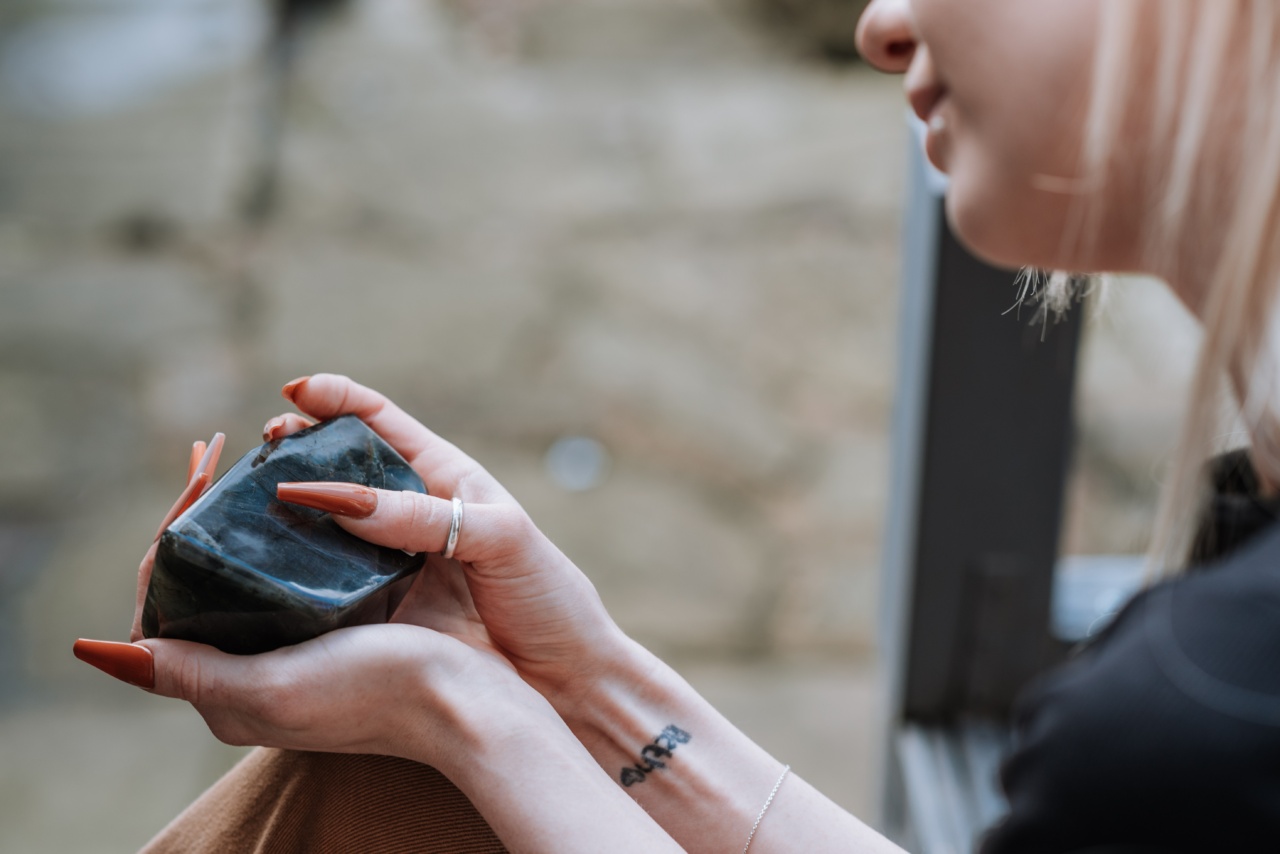Manicures have become an increasingly popular way for individuals to maintain clean and polished nails. Whether done at a salon or at home, manicures are often seen as a form of self-care and an opportunity to relax and beautify.
However, despite their widespread popularity, there is a darker side to manicures that is often overlooked – the risk of allergies and infections.
Chemicals in Nail Products
One of the primary concerns with manicures is the chemicals used in nail products. Nail polishes, acrylics, and gels often contain a variety of potentially harmful substances such as formaldehyde, toluene, and dibutyl phthalate (DBP).
These chemicals can be a major trigger for allergies and sensitivities.
Formaldehyde, for example, is commonly used as a preservative in nail polishes and hardeners. It is a known allergen and can cause skin irritations, rashes, and allergic reactions.
Similarly, toluene, a solvent found in many nail products, can lead to respiratory issues and even damage to the central nervous system.
DBP, which is used to make polishes more flexible, has been shown to disrupt the endocrine system and may have adverse effects on reproductive health.
Exposure to these chemicals can be particularly concerning for individuals who frequently get manicures, as they are constantly in contact with these potentially harmful substances.
Allergic Reactions
For some individuals, manicures can lead to allergic reactions that range from mild to severe. Allergic contact dermatitis is a common reaction seen in individuals exposed to certain chemicals in nail products.
Symptoms may include redness, itching, swelling, and blisters around the nail, cuticle, or surrounding skin.
In some cases, individuals may also develop an allergic reaction to specific components of nail polishes, such as pigments or resins.
This can cause an itchy rash or hives on the fingers or other areas of the skin that come into contact with the polish.
Furthermore, nail glues used in artificial nail applications can also trigger allergic reactions.
These reactions can be particularly troublesome as individuals may not realize they are allergic to a certain ingredient until they have already been exposed to it, potentially leading to more severe symptoms.
Infections and Bacterial Growth
In addition to the risk of allergies, manicures also pose a threat of infections.
Salons and nail technicians strive to maintain a clean and sanitized environment, but there are still risks associated with the tools and processes used during a manicure.
One common source of infection is improperly sanitized tools. Manicure tools such as nail clippers, cuticle nippers, and files should be properly cleaned and sterilized between clients to prevent the transmission of bacteria, fungi, and viruses.
Failure to do so can result in the spread of infections such as fungal nail infections or even more serious conditions like hepatitis.
Cutting or pushing back cuticles during a manicure can also increase the risk of infection. Cuticles act as a natural barrier, protecting the nail bed from bacteria and other pathogens.
When cut or pushed back excessively, it compromises this protective barrier, making it easier for bacteria to enter and cause an infection.
Additionally, artificial nail applications, particularly those involving acrylics or gels, can also contribute to bacterial growth.
The process of applying and removing artificial nails can create small openings or damage to the nail bed, providing a breeding ground for bacteria and fungi.
Improper maintenance of artificial nails, such as infrequent refills or failing to keep the nails clean and dry, can exacerbate the risk of infections.
Fungal nail infections, in particular, are common in individuals who frequently wear artificial nails, as the warm and moist environment provided by the nails is ideal for fungal growth.
Prevention and Safety Measures
While the risks associated with manicures may seem daunting, there are steps that can be taken to minimize the chances of allergies and infections.
One of the most crucial steps is to choose a reputable salon that follows strict sanitation practices. Ensure that all tools are properly cleaned and sterilized before use.
If in doubt, do not hesitate to ask the technician about the salon’s sanitation protocols.
Consider bringing your own tools to the salon, especially if you have existing allergies or sensitivities. This can help reduce the risk of exposure to potentially harmful substances that may be present in communal tools.
Another important precaution is to opt for nail products that are labeled as “3-free” or “5-free”. These products are free from chemicals such as formaldehyde, toluene, and DBP, reducing the risk of allergies and sensitivities.
Look for polishes and products that prioritize natural and non-toxic ingredients.
If you have a history of allergies or reactions to nail products, consider undergoing patch testing before getting a full manicure.
Patch testing involves applying small amounts of the products to a small area of your skin to check for any adverse reactions or allergies.
Lastly, proper nail care and hygiene are essential for preventing infections. Avoid cutting or pushing back cuticles excessively to maintain their protective function.
Keep nails dry and clean, and consider giving your nails a break from artificial applications from time to time to prevent fungal infections.
Conclusion
Manicures may offer a range of benefits, from enhancing the appearance of nails to providing a sense of relaxation and self-care. However, it is important to be aware of the potential risks associated with allergies and infections.
By taking appropriate precautions, such as choosing reputable salons, using safe products, and practicing good nail hygiene, individuals can continue to enjoy manicures while minimizing the chances of experiencing any negative side effects.































